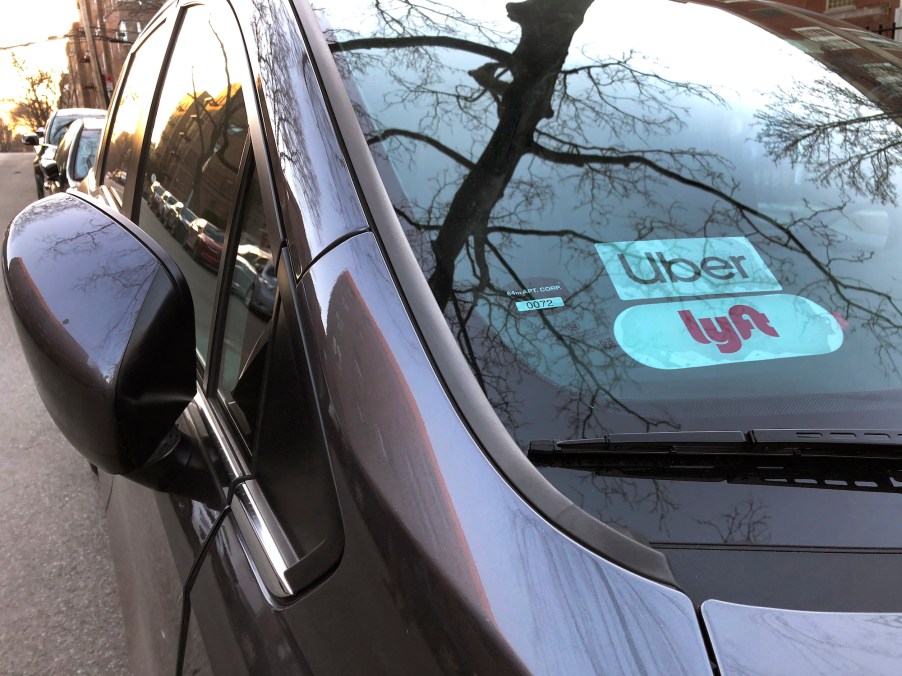
How Much Money Can You Really Make Driving for Uber and Lyft?
For many people, a potential job in this economy is to become a gig worker and drive cars for rideshare services like Uber and Lyft. But though those companies may advertise a certain pay range, the reality can be different. So here’s a look at how much money someone can really make driving for Uber and Lyft.
The money you make through Uber and Lyft depends on a few factors
Unlike a regular job, driving for Uber or Lyft won’t necessarily provide a stable source of income. That’s because how much you make ultimately depends upon a wide variety of factors. But according to Money Under 30, what is almost assured is that you’ll probably not make what Uber or Lyft say you’ll make.
That’s because, unlike a job at, say, McDonald’s, Uber and Lyft drivers are not employees, legally speaking. They’re independent contractors, so there are some pros and some cons to that. For example, rather than working 20 or 40 hours a week, gig workers can work as much or as little as they want. This can mean weeks where you’re essentially on vacation and weeks where you’re working 60 hours. But it all depends on you.
And the more hours you work, the more you’ll get paid. However, it’s more complex than that. Uber and Lyft can’t pay you if nobody wants a ride, so demand for those services can also affect how much you’ll make. In some places, Uber and Lyft are in high demand; thus, drivers can make a decent living. However, in other places, that may not be the case.
Uber and Lyft drivers have costs to cover, too
Though multiple factors affect how much money you can pull in, several factors also affect how much money you’ll need to pay for expenses. For example, most drivers have car payments, which can take a chunk of change from their pay. And, of course, auto insurance is another expense.
Then there’s gas, whose prices vary by location. Plus, there are associated maintenance costs. Because Uber and Lyft workers can drive hundreds of thousands of miles, their cars will see plenty of wear-and-tear.
And for drivers who work at night, there’s also the possibility that partying or drunk passengers might leave a mess in the car. Though Uber and Lyft reimburse drivers for messes in these cases (they charge the rider’s account), cleaning the interior of your car requires time and money. And, of course, drivers must pay taxes. Because gig workers are not employees, Uber and Lyft drivers must pay self-employment taxes, and they can be rather significant.
How gig workers can earn more
Uber and Lyft drivers can increase their bottom line three ways, Money Under 30 explains. The first is to be aware of tax write-offs for independent contractors. These tax write-offs will lower your tax bill and, thus, increase your profits.
Next, you can maximize your revenues. That means driving more often or driving at peak times. After all, Uber and Lyft charge surge pricing at select times, and accepting those surge fares will mean more money going into your account.
Finally, you can minimize expenses. This can be harder to do, but driving a fuel-efficient car will lower your expenses. You could also reduce your car insurance premiums by taking defensive driving courses.
Overall, if you’re organized and willing to work.



